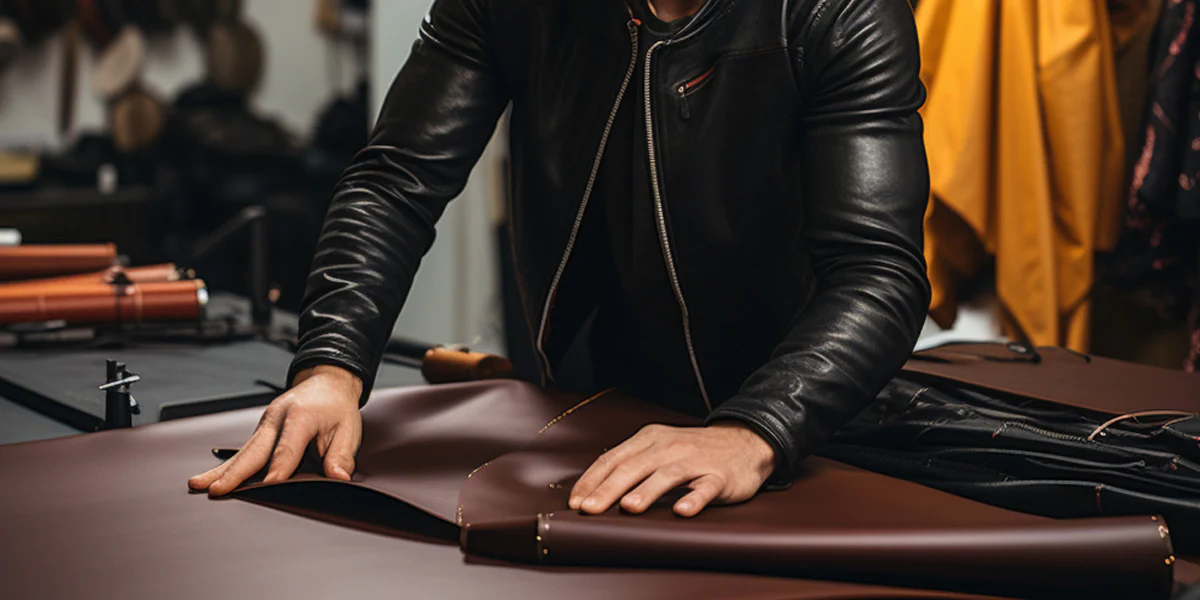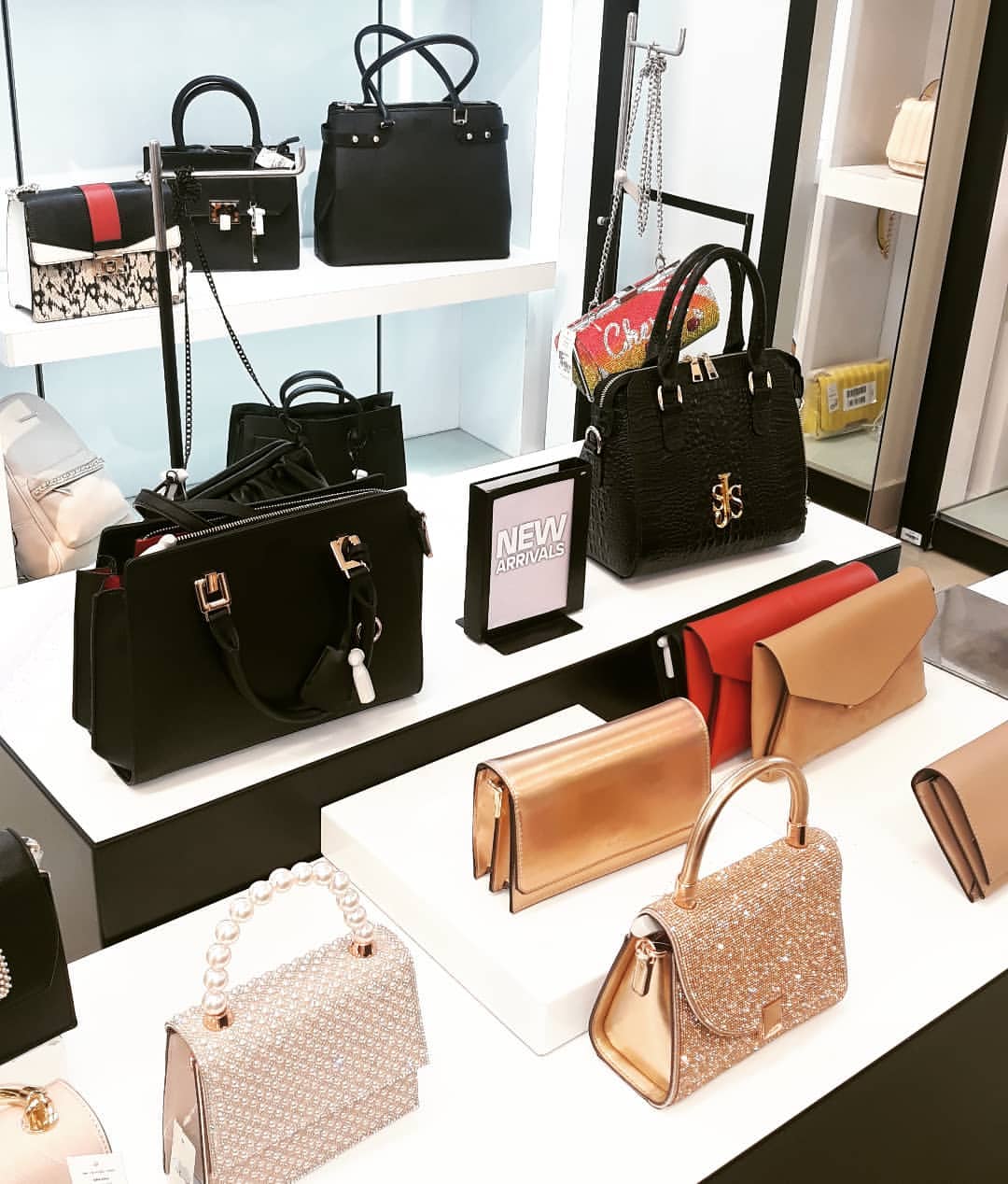In an era where sustainability has become more than just a buzzword, it’s crucial to re-examine the materials we use in our daily lives and their impact on the environment. One such material, often overlooked yet significantly eco-friendly, is natural leather. Traditionally seen as a by-product of the meat industry, leather’s journey from being an overlooked resource to a cornerstone of sustainable fashion and manufacturing is both intriguing and inspiring. This article delves into the multifaceted benefits of natural leather, not only as a testament to its timeless elegance and durability but also as a beacon of environmental responsibility. By exploring how leather is repurposed from industry by-products, its biodegradable nature, and its role in supporting local economies, we shed light on why natural leather is more than just a material choice – it’s a statement of eco-consciousness and sustainability. As we move towards a future where every choice matters in the fight against environmental degradation, it’s time to reconsider natural leather not just for its aesthetic appeal, but for its commendable ecological virtues.
1. Harnessing Meat Industry By-products for Eco-Friendly Fashion
In the quest for sustainable fashion, one often overlooked hero is natural leather, a remarkable by-product of the meat industry. This journey of transformation from by-product to fashion statement is not just a story of resourcefulness but also one of environmental stewardship.
The meat industry, a cornerstone of global agriculture, generates vast quantities of by-products. Historically, these by-products were viewed as waste, posing significant disposal challenges. However, the reclamation of hides for leather production is a shining example of a circular economy in action. By converting these hides into leather, the fashion industry helps mitigate waste, turning a potential environmental liability into a valuable resource.
This process of upcycling significantly reduces the environmental burden. In a world where waste reduction is key to sustainability, the use of leather exemplifies the principle of using what already exists, rather than producing new materials that require additional resources and energy. The transformation of these hides goes beyond mere recycling; it’s an elevation of material, bringing both quality and value to the fashion industry.

2. The Timeless Appeal of Natural Leather: A Tribute to Durability and Versatility
Natural leather, revered for its timeless appeal, stands as a testament to both durability and versatility, qualities that extend far beyond mere aesthetic value. This remarkable material, born from the by-products of the meat industry, offers a blend of resilience and adaptability that few other materials can match.
Durability is one of leather’s most celebrated attributes. In an age of fast fashion, where products are often designed for short-term use, leather defies this trend. Its natural fibers, when properly treated and maintained, can withstand years of wear and tear, aging gracefully over time. This longevity not only speaks to its quality but also contributes to sustainability. By lasting longer, leather products reduce the need for frequent replacements, thereby diminishing the consumption of resources and energy typically associated with manufacturing new goods.
The appeal of natural leather also lies in its timeless elegance. Unlike synthetic materials that might degrade or go out of style, leather maintains a classic allure that transcends fleeting fashion trends. This aspect not only enhances its aesthetic value but also promotes a more sustainable approach to consumption – buying less, but better quality.
In essence, the enduring nature of leather, combined with its adaptability, makes it a material that is both practical and luxurious. Its ability to withstand the test of time, both in terms of durability and style, is a clear tribute to its environmental and economic value. As we move towards a more sustainable future, the role of materials like natural leather becomes increasingly significant – embodying the principles of longevity, utility, and timeless elegance.
3. The Enduring Journey of Leather: From By-product to Biodegradable Marvel
The biodegradability of natural leather is perhaps its most compelling environmental attribute. Unlike synthetic alternatives, often laden with plastics and petrochemicals, natural leather breaks down over time. When a leather product has served its purpose and is disposed of, it gradually decomposes, reintegrating into the natural cycle with minimal ecological footprint. This biodegradation process is a stark contrast to the persistent pollution caused by synthetic materials, which can linger in landfills and ecosystems for centuries.
This biodegradable nature of leather does not compromise its durability or functionality. Instead, it offers a rare combination where longevity in use transitions seamlessly into environmental responsibility at the end of its lifecycle. The ability to decompose naturally means that leather products don’t contribute to the perpetuation of waste, a critical consideration in our pursuit of sustainable living.

4. Sustainable Elegance: How Leather Contributes to Eco-Friendly Practices
Leather, with its inherent elegance and resilience, plays a pivotal role in sustainable practices, serving as a prime example of how traditional materials can be harmoniously aligned with eco-friendly principles. This natural material not only exudes a timeless charm but also embodies a deep commitment to environmental stewardship.
The durability of leather further contributes to its sustainable nature. Leather products, renowned for their long lifespan, encourage a ‘buy less, but better’ philosophy. This stands in stark contrast to the disposable nature of many synthetic materials, which contribute to consumerism and waste. By investing in long-lasting leather goods, consumers reduce the need for frequent replacements, thereby lessening the demand for resource-intensive manufacturing processes.
5. Empowering Communities: The Role of Leather in Local Economies
The impact of leather extends beyond its environmental benefits, playing a significant role in empowering local economies around the world. As a material deeply embedded in cultural and economic activities, leather serves as a cornerstone for many communities, fostering employment, skill development, and economic stability.
In numerous regions, especially in rural and developing areas, the leather industry is a major source of livelihood. The process of transforming hides into leather requires a range of skilled labor – from those involved in the initial treatment and tanning to the artisans and craftsmen who create the final products. These jobs often support entire communities, providing a stable source of income and enabling skill development over generations. The artisanal aspect of leatherwork, in particular, is a testament to cultural heritage and craftsmanship, often passed down through families and communities, preserving traditions while contributing to the local economy.
Furthermore, the leather industry often supports ancillary businesses. These include suppliers of dyes and finishes, manufacturers of tools and equipment, and retailers of leather goods. This multiplier effect stimulates local economies, contributing to a broader economic impact beyond the direct production of leather.
6. Beyond Petrochemicals: Embracing the Natural Essence of Leather
In a world increasingly aware of the environmental and health implications of petrochemicals, natural leather emerges as a sustainable and eco-conscious alternative. This shift towards embracing the natural essence of leather marks a significant move away from synthetic materials, predominantly derived from petrochemical sources, which have long dominated various industries, including fashion and upholstery.
Petrochemical-based materials, such as synthetic leathers, are products of a fossil fuel-dependent process. They not only contribute to the depletion of non-renewable resources but also pose environmental hazards through their production and disposal. The manufacture of these synthetics often involves toxic chemicals and results in greenhouse gas emissions, contributing to pollution and climate change. Furthermore, at the end of their life cycle, these materials are not biodegradable. They accumulate in landfills, breaking down into microplastics that infiltrate ecosystems, disrupting wildlife and the broader environment.
In stark contrast, natural leather offers a sustainable alternative. Being a by-product of the meat industry, it reduces waste by utilizing hides that would otherwise be discarded. This approach significantly lessens the environmental burden associated with waste disposal. Moreover, innovations in tanning and processing have led to more environmentally friendly methods, reducing the ecological impact of leather production.
Conclusion
The exploration of natural leather’s journey, from a humble by-product of the meat industry to a symbol of sustainable elegance, underscores its significant role in environmental stewardship and economic empowerment. This material, deeply entrenched in our history and culture, extends beyond its traditional uses, emerging as a beacon of sustainability in an increasingly eco-conscious world.
The multifaceted benefits of natural leather — from its effective use of by-products, durability and versatility, biodegradable nature, to its contribution to local economies — highlight its superiority over petrochemical-based synthetics. Embracing leather is not just about choosing a material that adds aesthetic value and longevity to products; it’s about making a conscious decision that aligns with the principles of sustainability and ecological responsibility.
Natural leather stands out as an exemplary model, demonstrating how traditional materials can be adapted to meet contemporary environmental challenges. Its ability to reduce waste, its longevity, and its role in supporting sustainable practices and local communities present a compelling case for its continued use and appreciation.
As we look towards a future where every choice has the potential to impact our planet, materials like natural leather become crucial in the narrative of sustainable living. By choosing natural leather, consumers, designers, and industries can contribute to a more sustainable and environmentally respectful world. It’s a choice that represents a deeper understanding and commitment to the delicate balance between our needs and the health of our planet.
In conclusion, natural leather exemplifies the harmony between tradition and sustainability, urging us to reconsider our material choices in the pursuit of a greener, more sustainable future. Its enduring appeal and environmental credentials serve as a reminder that sustainability and elegance can coexist, guiding us towards more responsible and conscious consumerism.




